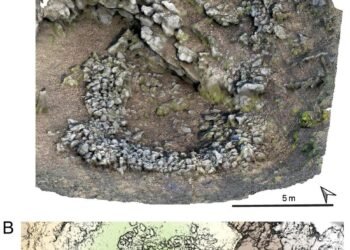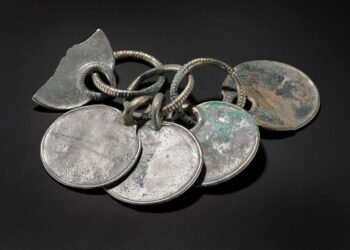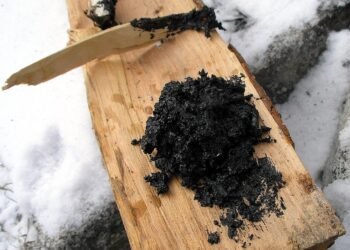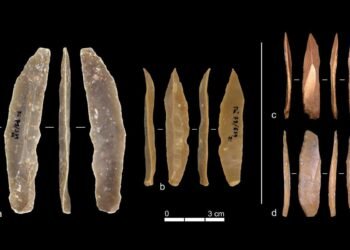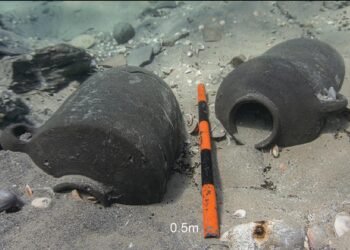Volunteer conservationists in Germany have unearthed a wealth of historical artifacts, including seven Bronze Age swords, thousands of silver coins, and an array of jewelry and pottery.

The findings were presented by Germany’s State Office for Culture and Monument Preservation on November 22.
The first remarkable discovery took place near the town of Mirow in northern Germany, where fragments of seven 3,000-year-old Bronze Age swords were found. Archaeologists believe these weapons were likely buried as sacrificial offerings, and subsequent dredging in the area caused them to break into pieces.
The meticulous work of the conservationists, with assistance from the state archaeology department, allowed the swords to be reconstructed almost entirely. Bettina Martin, Germany’s Minister of Science, Culture, Federal and European Affairs, expressed gratitude, stating, “[Volunteers] are indispensable for preserving our cultural heritage.”
The second significant find occurred on the island of Rügen, approximately 120 miles north of Mirow. Volunteer archaeological conservationists uncovered a collection of nearly 6,000 medieval silver coins, making it the largest Slavic coin hoard from the 11th century in the post-war period.
The coins were mostly stored in a clay pot, with some scattered in the surrounding soil. Impressively, the diverse origins of the coins, including western Germany, England, Denmark, Bohemia (Czech Republic), and Hungary, point to intricate trade relationships during the 11th century.
The final discovery took place in the town of Mölln, revealing a variety of items from the 11th century, emphasizing the influence of Christianity in the region. The artifacts included a pot holding 1,700 coins, a gold and gemstone pearl necklace, finger and neck rings, and two reliquary containers. One container, shaped like a “kaptorga,” and the other resembling a crucifix, provided unexpected evidence of Christianity’s presence in an area still characterized by diverse beliefs during that era.
Culture Minister Bettina Martin praised the volunteer conservationists for their invaluable contribution to these remarkable finds, emphasizing their role in preserving Mecklenburg-Western Pomerania’s cultural heritage. She noted, “Around 250 volunteers are currently active in the preservation of archaeological monuments. About the same number are currently undergoing relevant training.”
The reconstructed Bronze Age swords challenged previous assumptions about the concentration of such artifacts in Mecklenburg-Western Pomerania. The vast array of medieval silver coins, with their diverse origins, paints a vivid picture of the intricate trade networks that existed during the 11th century. Moreover, the unexpected presence of Christian relics in Mölln provides a unique glimpse into the complex religious landscape of the time.



